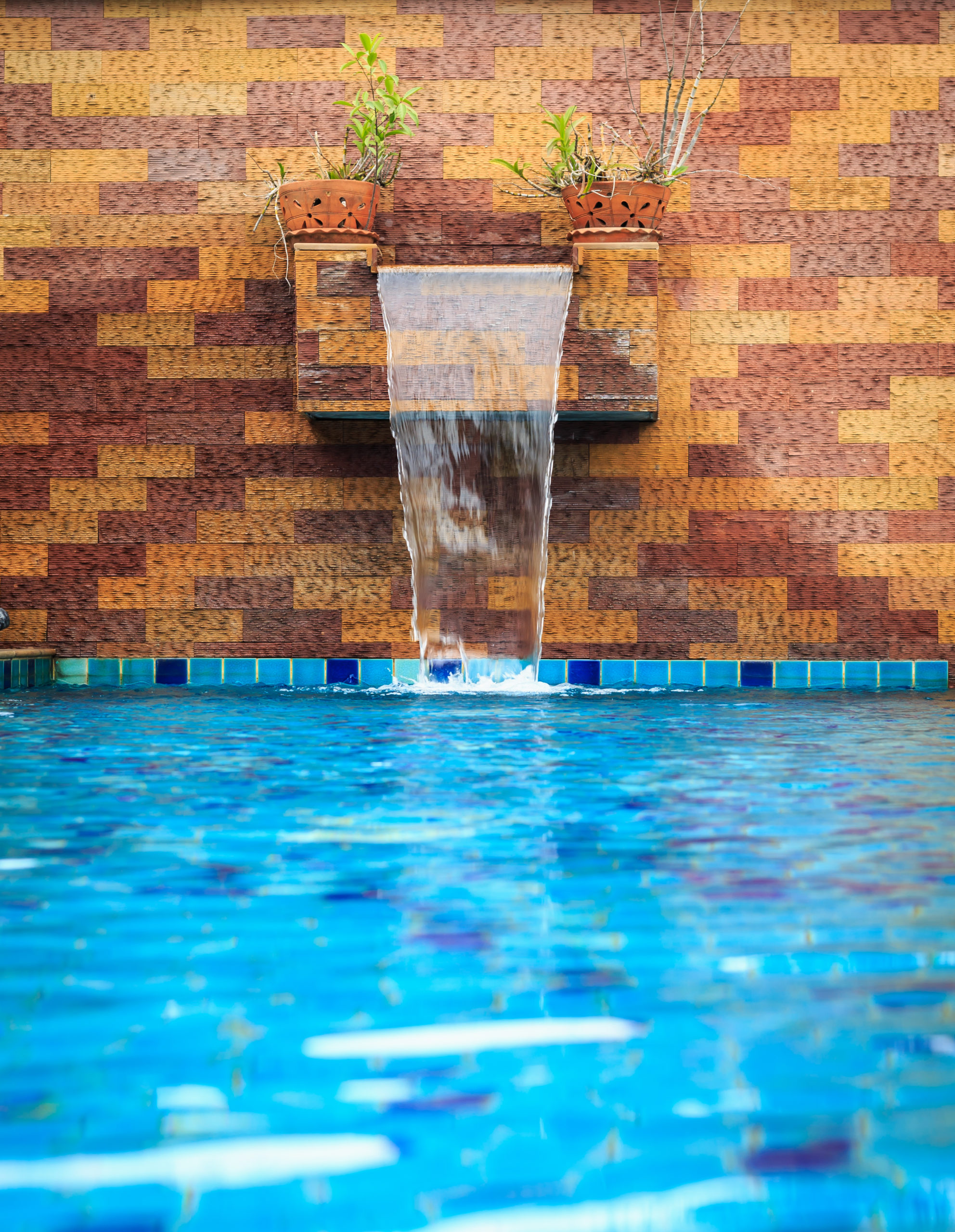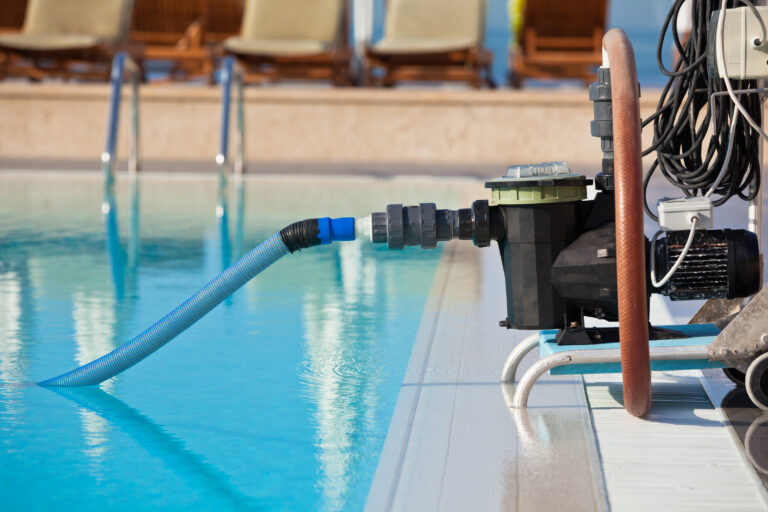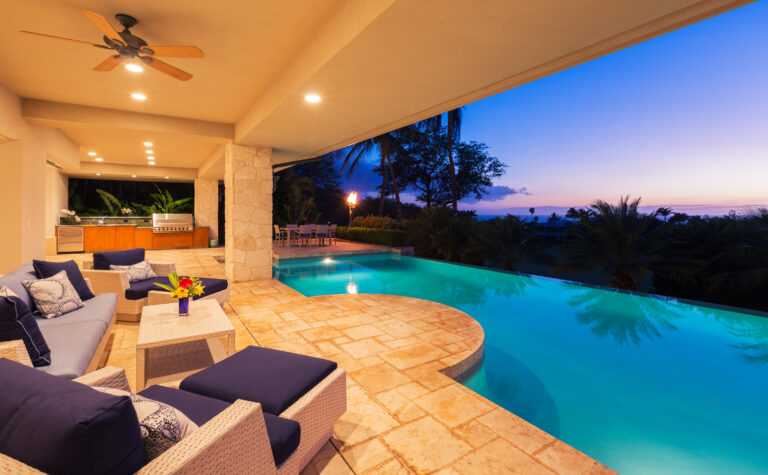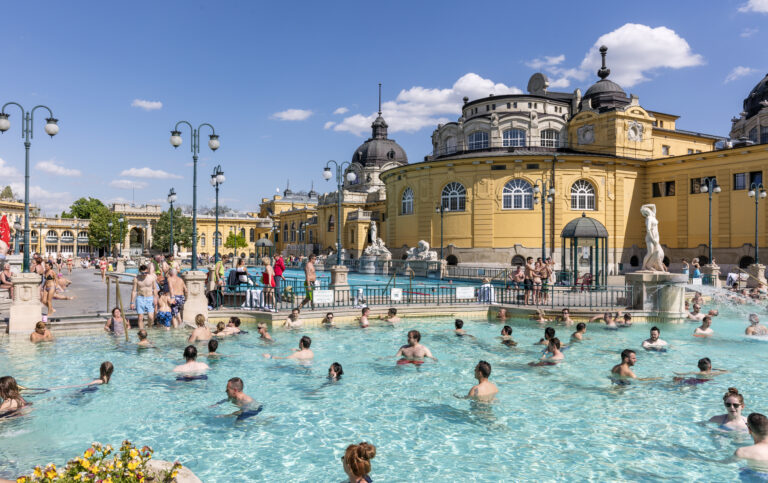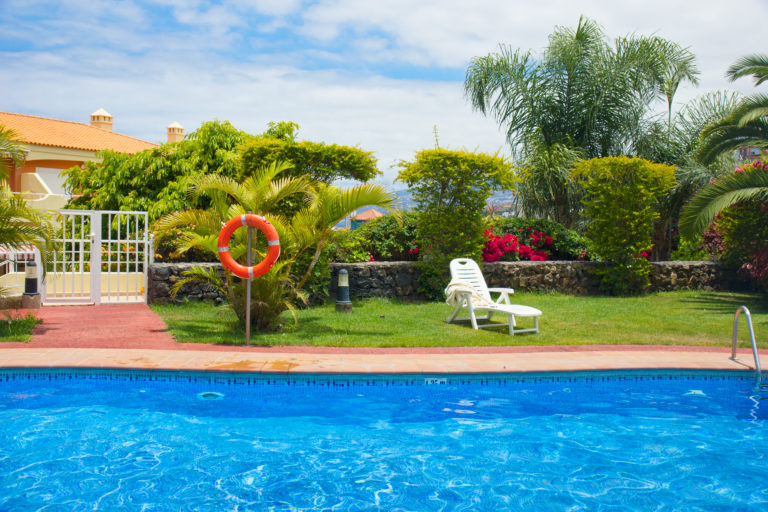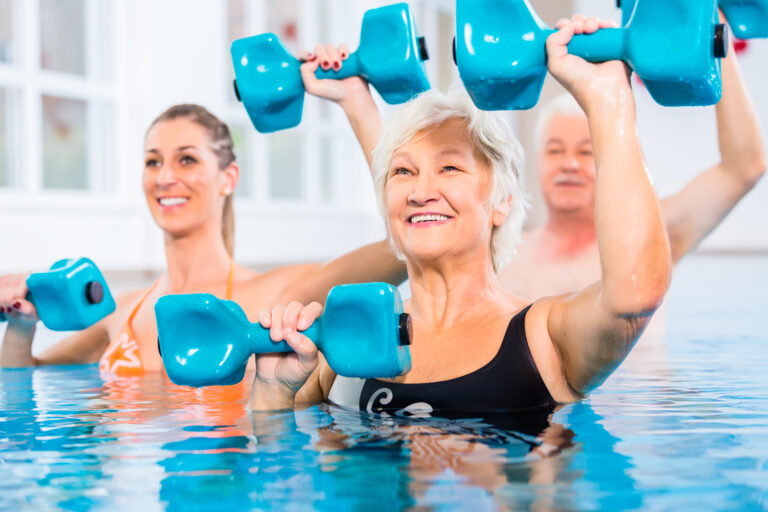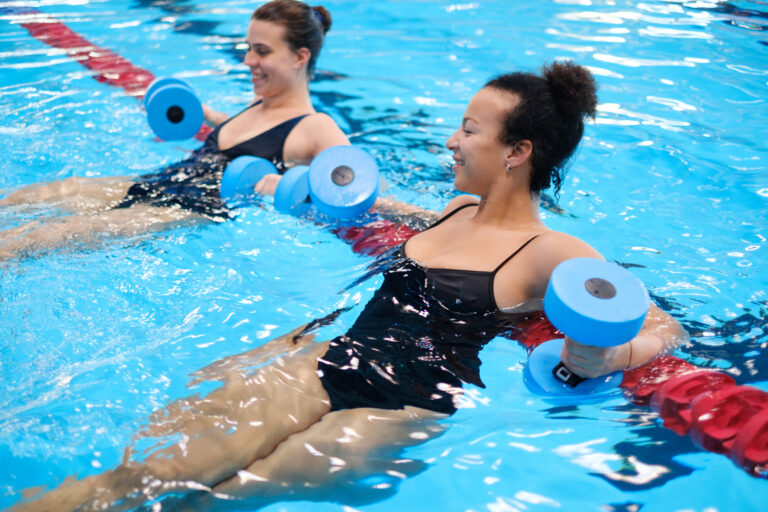Understanding the Dynamics of Pool Water Flow and Design
Understanding the dynamics of pool water flow and design isn’t as complicated as you’d think. Dive into this enlightening article where we’ll break down everything you need to know.
From the basics of pool water dynamics, to the role of pumps in water flow, we’ve got it covered.
You’ll even learn how to optimize your own pool’s design for better flow.
Let’s get started on making your pool more efficient and enjoyable!
The Basics of Pool Water Dynamics
Let’s dive into the basics of pool water dynamics, it’s not as complicated as you’d think. It revolves mainly around two fundamental principles: water displacement and the chlorination process.
When you jump into a pool, ever wonder why water splashes out? That’s water displacement in action. You’re taking up space that was once occupied by water, forcing it to move elsewhere. This principle is crucial because it affects how pools are designed and maintained. Too many people or objects in a pool can lead to excessive displacement, causing the pool to overflow.
Now let’s get into the chlorination process. To keep your pool clean and safe, chlorine is added regularly. It acts like a tiny army fighting off bacteria and other harmful microorganisms that could make you sick. But here’s where it gets tricky – too much chlorine can irritate your eyes and skin, while too little won’t be effective at all.
So there you have it! Understanding these elements isn’t just about science; it also plays a role in ensuring that your time spent swimming is enjoyable and safe.
Importance of Efficient Pool Water Flow
You’ve got to grasp the basics of water flow mechanics if you’re keen on understanding how pool design impacts your swimming experience.
It’s not just about aesthetics, it has a lot to do with functionality and efficiency as well.
This discussion will help you dive into the key factors that influence flow efficiency and offer tips on optimizing it for an optimal swim experience.
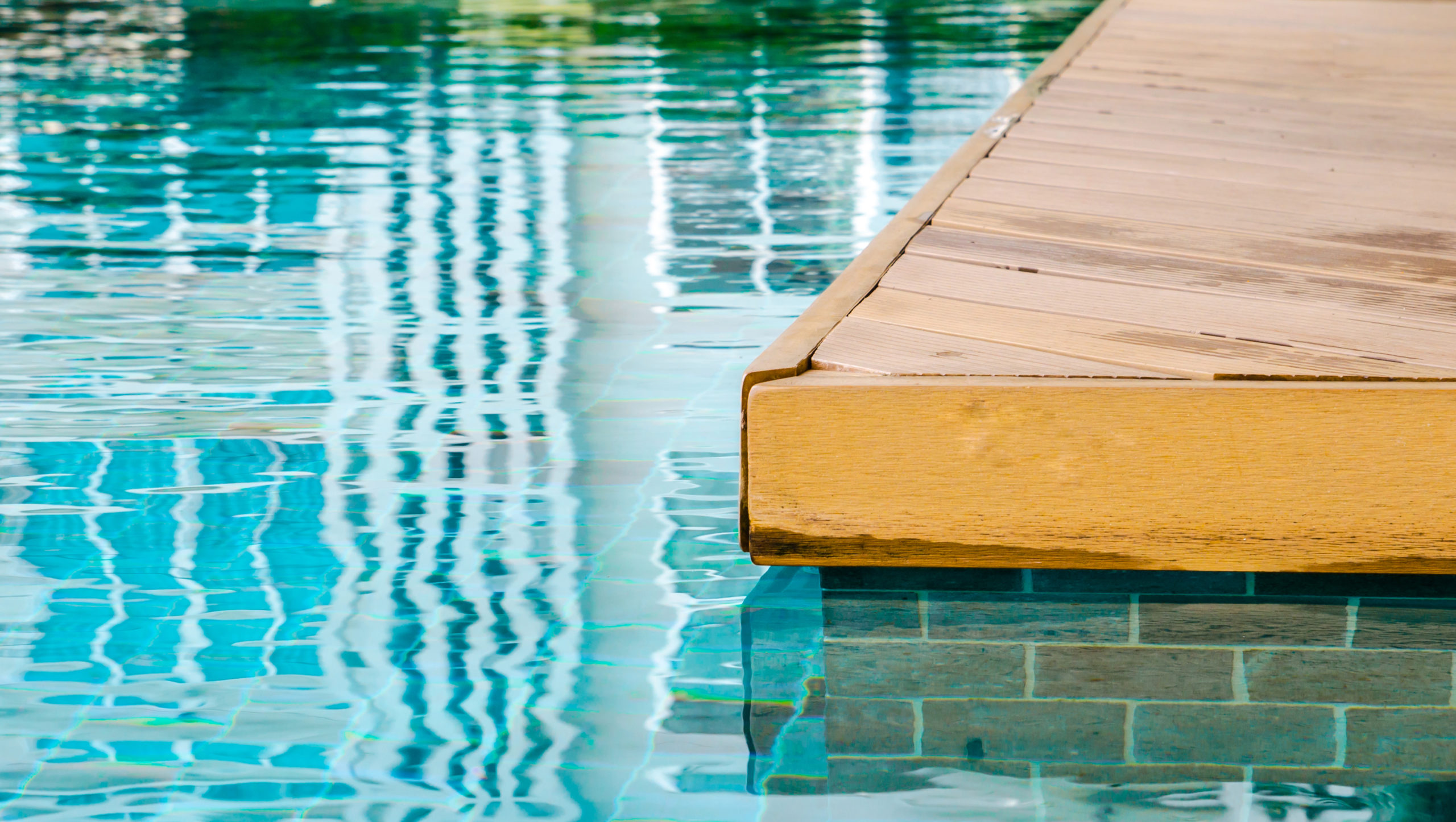
Water Flow Mechanics
Understanding water flow mechanics is crucial when planning your pool design. It’s all about fluid dynamics – the study of how liquids move. This includes understanding turbulence, a complex pattern of motion that can affect your pool’s efficiency and cleanliness.
By mastering turbulence understanding, you’ll be able to design a pool that optimizes water flow for maximum hygiene and energy efficiency. You’ll know where to place inlets and outlets, how to angle them for optimal flow, and what pump size will give you the best circulation.
Don’t underestimate this part of the design process. It could make or break your pool experience. So dive into fluid dynamics and turbulence understanding – they’re more important than you might think!
Pool Design Impact
It’s clear that the layout can greatly impact efficiency and cleanliness of your swimming area. Pool lighting effects aren’t just for show; they also play a crucial role in improving visibility, thereby increasing safety. Picking the right lights can give your pool a unique aesthetic while also ensuring its functionality.
Energy efficiency considerations should be paramount when designing your pool. An efficient design means less water circulation, leading to lower energy usage and costs over time. Consider installing LED lights as they’re not only energy-efficient but also long-lasting. You may want to look into solar heating systems too, which could further reduce your overall energy consumption.
Optimizing Flow Efficiency
Optimizing efficiency can’t be overlooked, particularly when we’re talking about circulation and filtration systems. You’re likely aware that flow resistance and energy consumption are key factors in these systems. But did you know they can drastically influence your cost-efficiency?
| Flow Resistance | Energy Consumption | Emotional Impact |
| High resistance = Sluggish water flow | High consumption = Higher utility bills | Increased frustration |
| Medium resistance = Balanced flow | Medium consumption = Reasonable costs | Satisfaction |
| Low resistance = Optimal water circulation | Low consumption = Maximized savings | Pure bliss |
You see, it’s all interconnected. A well-balanced system reduces both flow resistance and energy consumption, saving you money and headache over time. So don’t skimp on optimization – it could make the difference between pool-time bliss or a draining (literally) experience.
Understanding Pool Design Principles
You’ve got to consider a few key things when designing your dream pool.
It’s not just about the pool shape’s aesthetic appeal, but also its importance in functionality and maintenance efficiency.
Deciding on the right materials can greatly influence durability and overall look, while incorporating safety features is crucial to ensure everyone can enjoy the fun without worry.
Pool Shape Importance”
When designing your pool, don’t underestimate the importance of its shape as it plays a crucial role in determining the flow of water. Shape aesthetics isn’t just about how pleasing your pool looks; it affects how easily water circulates. Geometric benefits also come into play when considering the size and layout of your backyard.
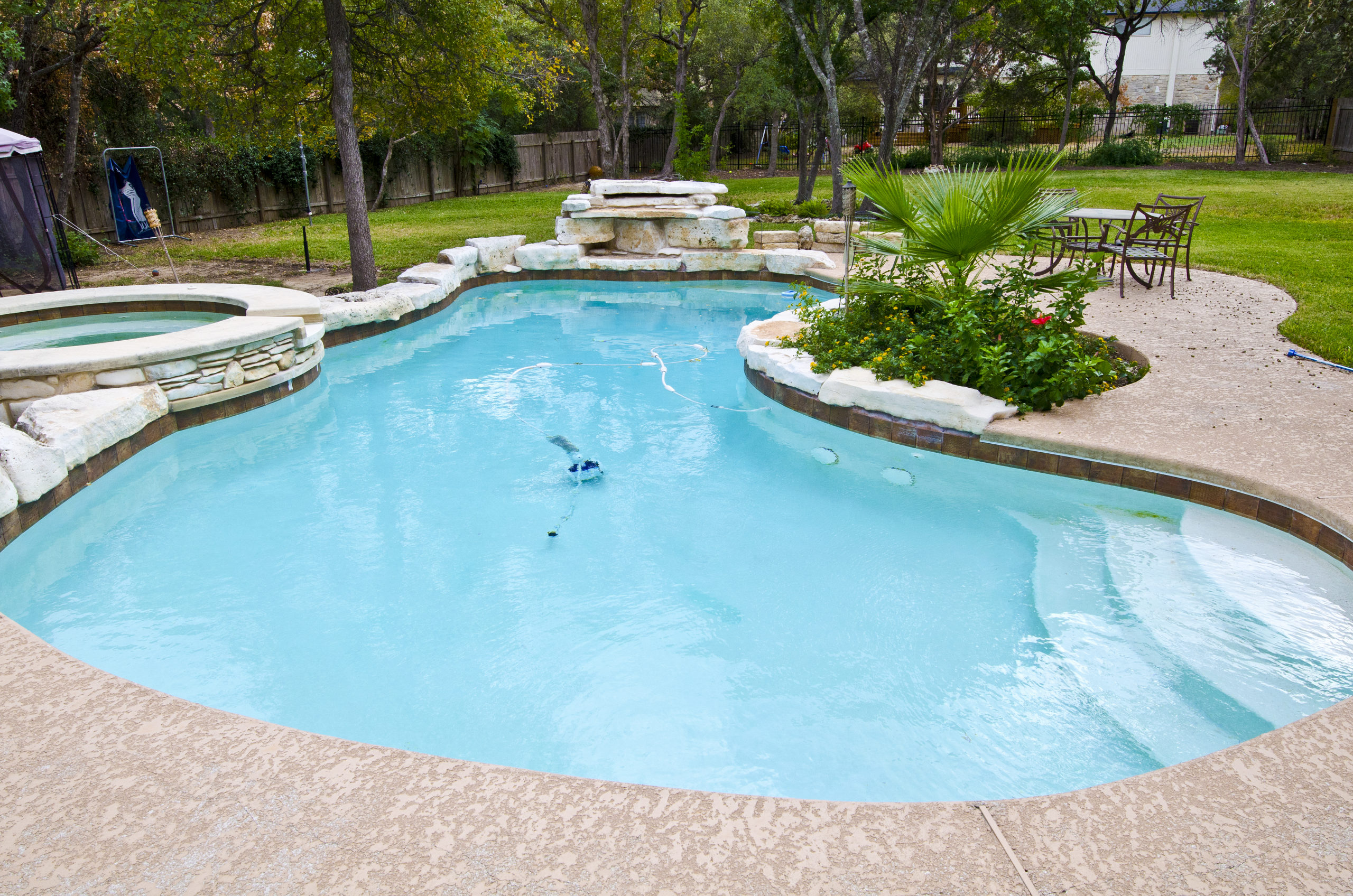
Consider this table that shows different pool shapes, their aesthetic appeal, and geometric benefits:
| Pool Shape | Aesthetic Appeal | Geometric Benefit |
| Rectangle | Classic, formal | Easy circulation |
| Oval | Soft, natural | Efficient space |
| Kidney | Unique, organic | Versatile design |
Choosing Pool Materials”
Next, let’s delve into the selection of materials for your swimming spot. Choosing the right material is crucial as it directly impacts sustainability considerations and material durability. You don’t want to invest in a pool that’ll require continuous expensive repairs because of poor material choice.
Here are some options:
– Concrete:
– Provides unlimited design flexibility.
– Highly durable and long-lasting.
– Fiberglass:
– Requires less maintenance.
– Eco-friendly option due to its longevity.
Incorporating Safety Features
Incorporating safety features into your project can’t be overlooked, as it’s vital to ensure a secure and enjoyable environment for all users. Safety Barriers Implementation is an essential step in creating a safe space. These barriers limit access to potentially hazardous areas while also acting as reminders of the need for caution.
Moreover, Emergency Exit Planning plays a crucial role in safety measures. You’ve got to map out clear paths that allow easy evacuation during emergencies. These plans should be highly visible and well communicated among users.
Impact of Pool Shape and Size on Water Flow
Pool shape and size significantly affect water flow, making it an essential consideration in pool design. You’ll find that a well-designed pool ensures efficient water circulation, reduces maintenance effort, and enhances your swimming experience.
Here’s a quick table outlining how different shapes can impact these factors:
| Pool Shape | Water Flow | Maintenance |
| Rectangle | Direct flow aiding in cleaning | Easier due to predictable patterns |
| Oval | Smooth but less direct flow | A bit more effort required for corners |
| Custom (Lagoon, Freeform etc.) | Varies depending on design | Most challenging due to irregularities |
Your choice of pool size also affects the Swimming Efficiency Analysis. The larger the pool, the better it is for exercise as it allows longer laps and a wider range of movements. However, keep in mind that bigger pools require more upkeep.
So when planning your next pool project or looking into Pool Maintenance Tips, remember to consider not just style but also functionality and ease of care. Understanding these dynamics will help you create an appealing yet practical aquatic haven.
The Role of Pool Pumps in Water Flow
Having explored how pool shape and size impact water flow, let’s shift gears to another key player in the dynamics of water flow: your pool pump. Understandably, you can’t talk about water flow without considering the role of pool pumps.
A well-maintained pump is crucial for ensuring proper circulation and filtration of pool water. Pump maintenance isn’t just a fancy term; it’s an essential aspect that guarantees your swimming experience remains enjoyable and healthy. It involves regular checks on the pump system, including cleaning or replacing filters as necessary, servicing worn-out parts promptly, and making sure the entire system operates smoothly.
Moreover, energy efficiency comes into play here too. You’re probably wondering how this ties in with your pool pump operation? Well, efficient pumps consume less power while delivering optimal performance. This not only cuts down your energy bills but also contributes to environmental sustainability by reducing energy wastage.
So remember, whether it’s about enhancing water flow or ensuring cleanliness and health safety in your pool – everything revolves around effective pump maintenance and operation. Henceforth, never underestimate its importance! After all, a well-functioning pump promises more than just clean pools; it delivers energy savings too!
The Science Behind Pool Water Circulation
You’re about to delve into the fascinating science behind how your swimming area circulates its liquid content. It’s a fine balance, blending physics with water chemistry impacts and the importance of filtration systems.
The circulation process is crucial for maintaining water clarity and health. You see, when you swim, debris like leaves, dust, or body oils can enter the pool. These contaminants must be removed promptly; that’s where your filtration system comes in handy.
This system works tirelessly, filtering out these particles to keep everything clean. But it doesn’t stop there! The filtered water then gets treated with sanitizing chemicals to kill bacteria and algae – a clear demonstration of how vital water chemistry impacts are in this process.
Meanwhile, proper circulation ensures that these chemicals mix evenly throughout the pool. Without uniform distribution, certain areas might harbor more contaminants than others – not exactly what you want during your summer dip!
So remember: next time you dive into that refreshing oasis in your backyard, give a silent thanks to the intricate science at work beneath those shimmering surfaces!
Optimizing Your Pool Design for Better Water Flow
Optimizing your swimming area layout can significantly improve circulation, making it easier for the filtration and sanitization systems to do their jobs. You’re dealing with two key elements here: flow resistance factors and sustainable water techniques.
Flow resistance factors include anything that disrupts a smooth water flow like sharp bends in pipes or blockages. Sustainable water techniques are all about conserving water while maintaining quality.
To help you understand better, let’s dig into this 2×5 table:
| Flow Resistance Factors | Sustainable Water Techniques |
| Sharp bends in pipes | Using plants for filtration |
| Blockages | Water recycling systems |
| Incorrect pipe size | Rainwater collection |
| Poor pump performance | Solar heating |
| Inefficient filter | Efficient pool covers |
Smoothing out these flow resistance factors optimizes your pool design for better water flow. Meanwhile, incorporating sustainable water techniques not only saves our precious resource but also enhances the effectiveness of your pool’s circulation system.
Common Pool Water Flow Issues and Solutions
Let’s delve into common issues that can affect your swimming area’s circulation and explore potential solutions.
One major problem you might encounter is poor filter maintenance. Your pool filter plays a crucial role in keeping the water clean by trapping dirt and debris, but it needs regular care to function effectively.
When you neglect your filter, it can’t perform its job properly, resulting in poor water flow and quality. It’s crucial to clean or replace your filter regularly according to the manufacturer’s instructions. By doing so, you’ll maintain good pool circulation and prevent unnecessary wear on other equipment.
Another issue to watch out for is algae growth which could block water flow if left unchecked. Algae prevention should be a key part of your pool management strategy. Regularly check pH levels as imbalances can encourage algae growth. Use appropriate algaecides when necessary and always ensure that there isn’t any stagnant water in your pool where algae might thrive.
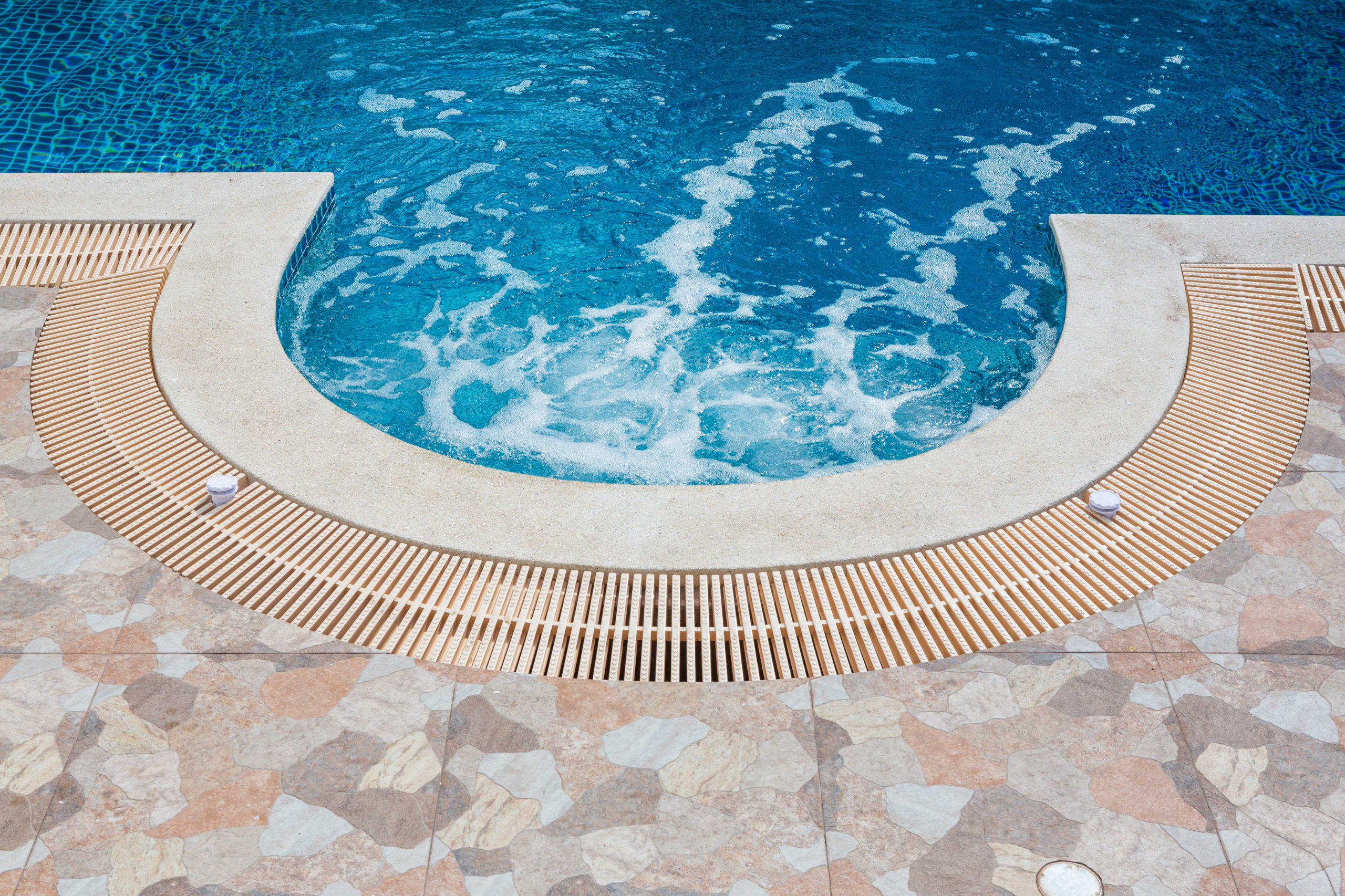
Future Trends in Pool Water Flow and Design
Looking ahead, it’s clear that innovative trends in aquatic layout and circulation are set to change the game. The future is all about sustainable practices and eco-friendly equipment, and you’re going to see those concepts making waves in the world of pool design.
Imagine pools that not only look amazing but also have minimal impact on our environment. You’ll start seeing more systems designed for efficient water flow, using less energy yet maintaining high performance levels. That’s where eco-friendly equipment comes into play.
You can expect innovations like solar-powered pumps or smart water filtration systems that use less chemicals. These aren’t just good for the planet – they’re great for your wallet too! Saving on energy costs while taking care of Mother Earth? It’s a win-win!
Also, keep an eye out for designs incorporating natural elements. Think green living walls surrounding your pool area, or a waterfall feature using recycled water. These sustainable practices are set to become mainstream in coming years.
So get ready; the future of pool design is greener and smarter than ever before! Sustainable practices and eco-friendly equipment aren’t just buzzwords – they’re shaping how we think about aquatic layouts & circulation.
Frequently Asked Questions
How Does the Color of the Pool Impact the Water Temperature and Flow?
The color of your pool impacts water temperature and flow. Darker hues absorb more heat, warming the water, while lighter colors reflect sunlight, keeping it cooler. It’s basic color psychology and reflective surfaces at work.
Are There Specific Materials That Should Be Used in Pool Construction for Optimal Water Flow?
Yes, selecting the right materials is crucial for optimal water flow. You’ll need a well-designed filter system and materials that maintain water chemistry balance. Proper construction ensures efficient circulation, reducing maintenance needs and enhancing comfort.
How Often Should Pool Pumps Be Serviced to Maintain Efficient Water Flow?
You should service your pool pump regularly for optimal performance. Typically, every 3-6 months is advisable. Regular servicing extends the pump’s lifespan and maintains energy efficiency for smooth water flow in your pool.
Can Landscaping Around the Pool Affect the Pool’s Water Flow?
Yes, landscaping can affect your pool’s water flow. If not properly designed, it could block pool lighting or disrupt the drainage system. Always consider the impact of landscaping on your pool’s functionality and design.
How Does the Depth of the Pool Influence the Water Flow Dynamics?
Depth perception greatly affects water flow. A deeper pool allows more space for currents to move, impacting swimmer experience. It’s your job to balance depth and design for optimal water circulation and swimmer impact.

